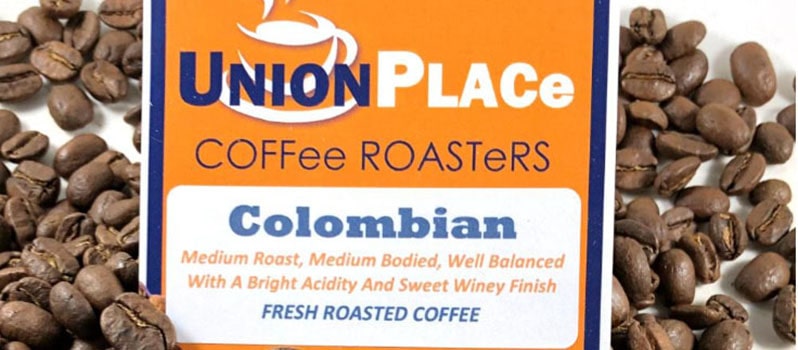Choosing the right coffee roast can be a daunting task, especially with the myriad of options available today. Whether you’re a seasoned coffee aficionado or a newcomer to the world of coffee, understanding the different types of roasts and their unique characteristics can significantly enhance your coffee experience. Let’s delve into the essentials of picking the perfect coffee roast, with a particular focus on medium roast coffee.
Understanding Coffee Roasts
Before diving into specific types of roasts, it’s crucial to understand what roasting does to coffee beans. Roasting transforms green coffee beans into aromatic, flavorful beans that we grind and brew. The roasting process affects the flavor, aroma, and body of the coffee.
Light Roast
Light roast coffees are roasted for a shorter period and at lower temperatures. They typically have a lighter body and more acidity compared to darker roasts. The flavors are often more nuanced and can include floral or fruity notes.
Medium Roast
Medium roast coffees strike a balance between flavor and acidity. They are roasted until they reach an internal temperature between 410°F and 428°F. This type of roast is known for its balanced flavor profile that combines both acidity and body without being too overpowering in either direction.
Dark Roast
Dark roast coffees are roasted at higher temperatures for longer periods. These beans have a shiny, oily surface due to prolonged exposure to heat. The flavors are bold, often smoky or chocolaty, with reduced acidity. We often suggest choosing a dark roast to folks who like cream and sugar in their coffee, the heavier body of a dark roast stands up nicely without losing the unique dark roast coffee flavors.
Why Choose Medium Roast Coffee?
Medium roast coffee is often considered the “Goldilocks” of coffee roasts—not too light, not too dark—just right. Here are some compelling reasons why you might opt for medium roast:
Balanced Flavor Profile
Medium roast coffees offer a harmonious blend of flavors that appeal to many palates. They provide enough complexity without overwhelming your taste buds with either excessive acidity or bitterness.
Versatility
Medium roasts are versatile enough to be enjoyed black or with milk and sugar. Their balanced nature makes them suitable for various brewing methods including drip machines, French presses, and pour-overs.
Rich Aroma
One of the standout features of medium roast coffee is its rich aroma that fills your senses as soon as you open the bag or start brewing.
What to Consider When Choosing Medium Roast Coffee
Now that we’ve established why medium roast is an excellent choice, let’s look at some factors you should consider when selecting your perfect medium roast coffee.
Origin
The origin of the beans plays a significant role in determining their flavor profile. For example:
- Ethiopian medium roasts tend to have fruity notes. Try our Ethiopian Yirgacheffe
- Colombian medium roasts often feature nutty or caramel undertones. Try our Organic Columbian Medium Roast
- Sumatran medium roasts might offer earthy flavors.
Understanding these regional characteristics can help you pick a bean that aligns with your taste preferences.
Freshness
Always check for freshness when buying any type of coffee but especially when looking for medium roasts where subtle flavors matter more:
- Look for roasting dates on packaging.
- Opt for whole beans rather than pre-ground if possible. We always recommend grinding coffee beans just before brewing, it’s one of the best ways to preserve the freshness, flavor and aroma in your cup of coffee.
Freshly roasted beans will always yield better-tasting coffee than those that have been sitting on shelves for months.
Grind Size
The grind size should match your brewing method:
- Coarse grinds work well with French presses and cold brews.
- Medium grinds are ideal for drip machines.
- Fine grinds suit espresso makers, like the moka pot best.
- Espresso grinds are best for espresso machines, dialing in the correct grind for your machine will give you the best tasting shots.
Using an incorrect grind size can affect extraction rates leading to either under-extracted (sour) or over-extracted (bitter) brews even if you’re using high-quality medium-roast beans!
Brewing Tips for Medium Roast Coffee
To get the most out of your chosen medium-roast beans, follow these simple brewing tips:
Water Quality
Use filtered water free from impurities which could alter taste profiles negatively; avoid distilled water as it lacks minerals essential during extraction processes.
Temperature Control
Aim between 195°F -205°F during brewing stages ensuring optimal extraction rates preserving delicate balance within each cup brewed.
Proper Storage
Store unused portions within airtight containers away from light/heat sources maintaining peak freshness longer periods possible. Try our coffee canister with de-gas valve for peak freshness! When choosing a medium-roast coffee, remember the key points: understand different types/characteristics associated each type of roast; appreciate the unique qualities offered by ‘medium-roast’ varieties from different localities; pay attention to crucial factors like origin/freshness/grind-size to ensure the best possible results every time. Happy sipping!


Customer Reviews